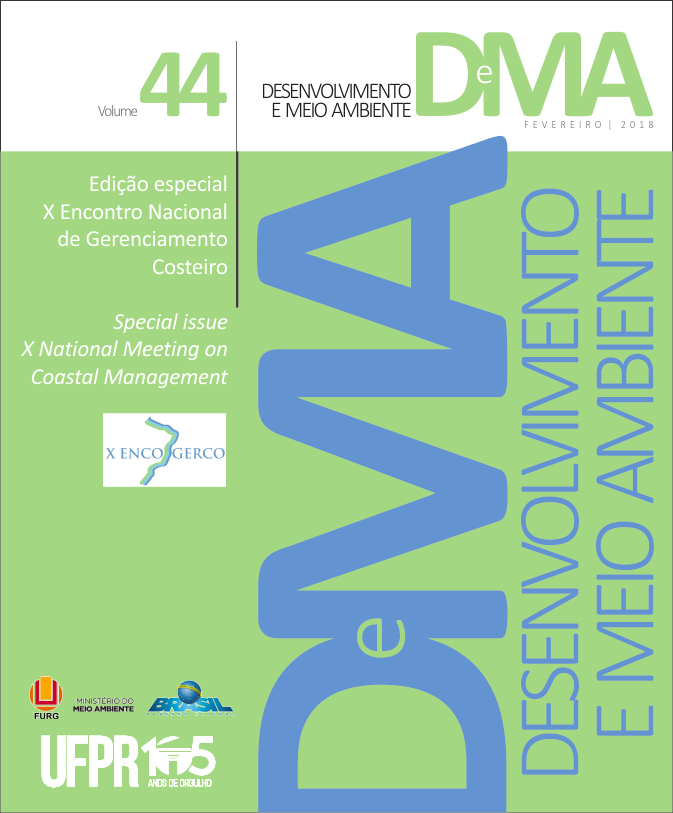Survey of Coastal and Marine Protected Areas in São Paulo State
DOI:
https://doi.org/10.5380/dma.v44i0.55115Keywords:
protected area, nature conservation, Brazilian National System of Protected Areas, coastal management, São PauloAbstract
The Brazilian National System of Protected Areas incorporated and added categories of Protected Areas (PA), expanding the strategies of nature conservation. In the present study, a survey of the PAs implemented in this region was carried out, through consultations with government documents, websites and databases. Seventy-four federal, state and municipal PAs were surveyed, most of which resulted in a state political action, with 69% of the PAs under its management. Until the early 1980s, the Parks were predominant and since 2008 PA of sustainable use have outnumbered and in area PA of integral protection. About half (53%) of the PA have an advice board, which is set up in an average period of 5.2 years, and 19% have a management plan, which was implemented about 21.6 years after its creation. The creation of PA Networks (Mosaics) in São Paulo's coastal zone stands out, concentrating 25% of all Brazilian Mosaics, with 59% of PAs being part of at least one of them. Currently, PAs are significant in all sectors of the coastal zone, making them one of the main coastal management tools in São Paulo. Its integration with other public policies, especially of coastal management, would allow a more effective insertion of PAs into the territorial dynamics of São Paulo's coastal zone.
Published
How to Cite
Issue
Section
License
Copyright on works published in this journal rests with the author, with first publication rights for the journal. The content of published works is the sole responsibility of the authors. DMA is an open access journal and has adopted the Creative Commons Attribution 4.0 Not Adapted (CC-BY) license since January 2023. Therefore, when published by this journal, articles are free to share (copy and redistribute the material in any medium or format for any purpose, even commercial) and adapt (remix, transform, and create from the material for any purpose, even commercial). You must give appropriate credit, provide a link to the license and indicate if changes have been made.
The contents published by DMA from v. 53, 2020 to v. 60, 2022 are protected by the Creative Commons Attribution-NonCommercial-NoDerivatives 4.0 International license.
DMA has been an open access journal since its creation, however, from v.1 of 2000 to v. 52 of 2019, the journal did not adopt a Creative Commons license and therefore the type of license is not indicated on the first page of the articles.




